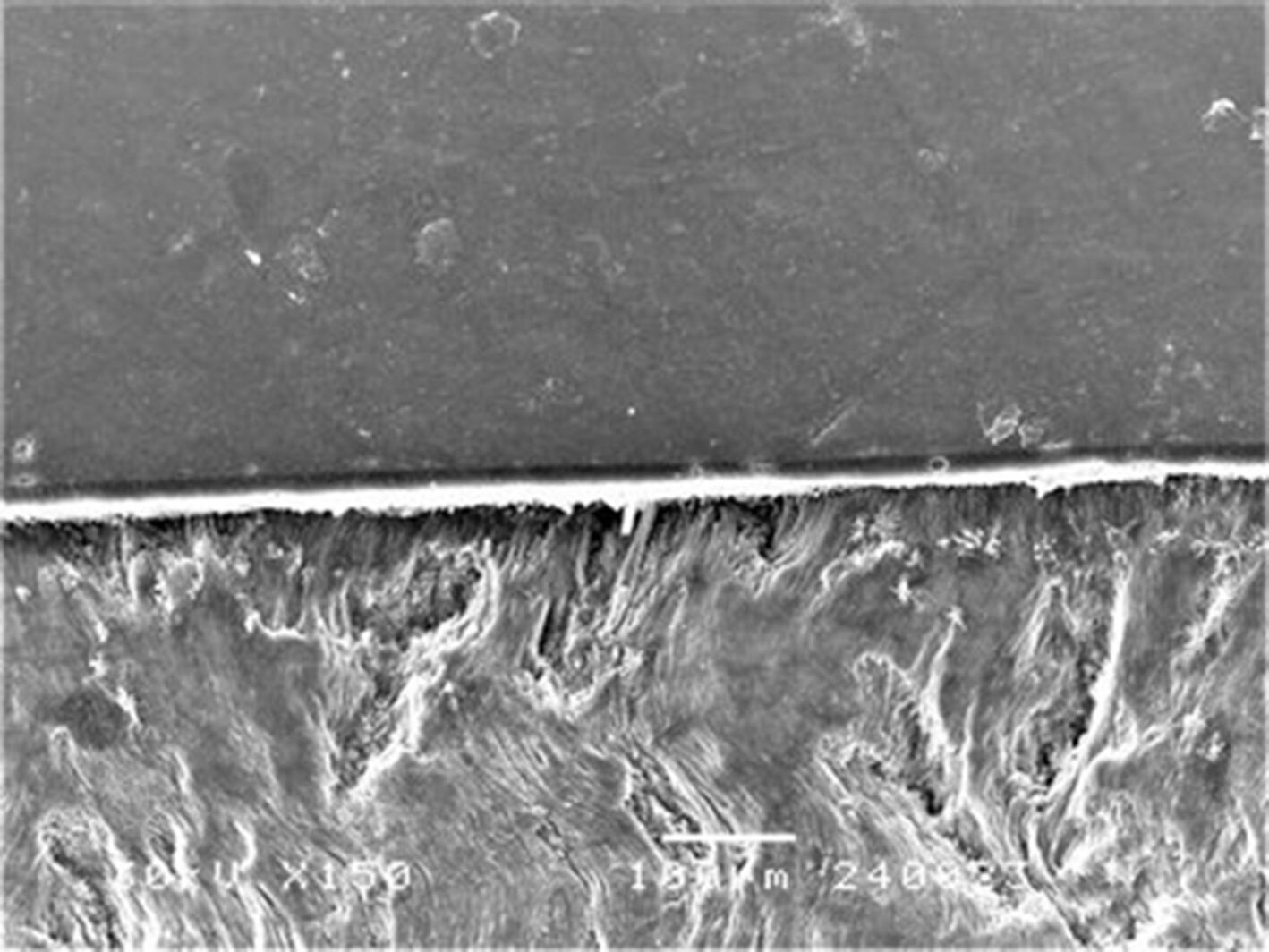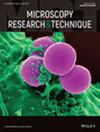Bleaching effect on bonding performance of composite to enamel
Abstract
This study aimed to assess the effects of dental bleaching on the immediate shear bond strength (SBS) of composite to enamel. Different bleaching methods and time intervals between bleaching and composite restoration were examined. A total of 45 enamel specimens were divided into three groups (n = 15) based on the applied bleaching protocol: in-office (A), at-home (B), and unbleached control (C). Groups A and B were then subdivided into three time intervals until bonding: 1, 3, and 7 days. The composite was bonded to enamel using self-etch adhesive technique and submitted to SBS testing. The enamel surface and adhesive interface were observed under scanning electron microscope (SEM). The highest average SBS was measured in the control (unbleached) group (31.1 ± 3.4). A significant difference in SBS was found between the control and in-office bleaching (p < .001), as well as between control and at-home bleaching (p = .034), while the difference between in-office and at-home bleaching methods was insignificant. In relation to the waiting period, a significant reduction in SBS (p < .001) was found 1 day post-bleaching. The weakest marginal sealing to enamel under SEM was observed also 1 day after bleaching. Both bleaching methods significantly reduced the SBS of composite to enamel, especially immediately after the bleaching procedure. Reduction in SBS is temporary and 3-day waiting period seems to be sufficient to reverse the adverse effects of bleaching.
Research Highlights
- SBS of composite to enamel is significantly reduced by bleaching procedures, especially immediately after bleaching.
- The reduction in SBS is temporary and reversible by delaying the restoration for a minimum of 3 days.


 求助内容:
求助内容: 应助结果提醒方式:
应助结果提醒方式:


